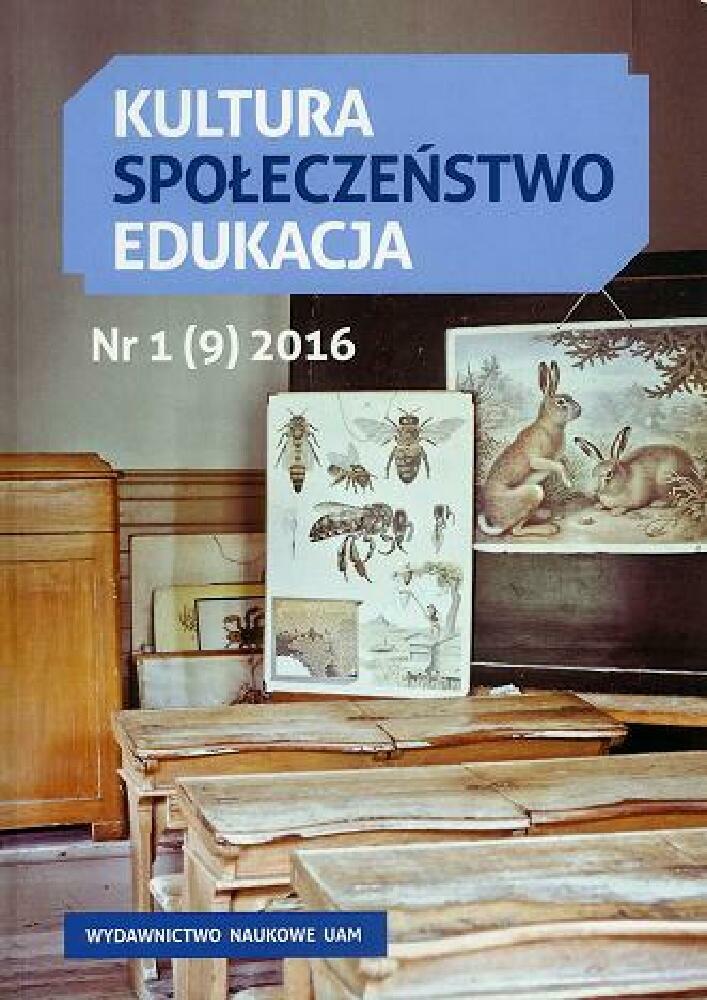Abstrakt
Recognition of the film in the space of communication has already some tradition, especially the structural semiotics. These considerations has presented us different methods of analysis of various levels or areas in which the film can be read through the prism of codes (images, speech, signatures, sounds, etc.), which are especially useful in artistic critics. However, what is most useful to think both about the film, and about contemporary reality is emerging in the structural semiotics of the cinema distinction between langue and parole – with reference to F. de Saussure used it Ch. Metz.
Particular films are symbolic events, “speech acts”, acts of parole what is explicit in case of artistic communication via films, and in case films put in virtual space. In both cases they can be called after S. Worth as “Bio-Documentaries”, showing emotions, postures and values of their authors, and they are specific and essential to contemporary visual communication.
Bibliografia
Arnheim R. (1961). Film jako sztuka. Tłum. W. Wertenstein. Warszawa.
Balló J. (2011). Las Cartas filmadas. [W:] Todas las cartas. Correspondencias fílmicas, Barcelona.
Belting H. (2012). Antropologia obrazu. Szkice do nauki o obrazie. Tłum. M. Bryl. Kraków.
Brenez N. (2011). Mimesis 2. [W:] Todas las cartas. Correspondencias fílmicas. Barcelona.
Buczyńska H. (1965). Peirce. Warszawa.
Didi-Huberman G. (2011). Przed obrazem. Pytanie o cele historii sztuki. Tłum. B. Brzezicka. Gdańsk.
Eco U. (2003). Nieobecna struktura. Tłum. A. Weinsberg, P. Bravo. Warszawa.
Gross L. (1980). Sol Worth and the study of visual communication. „Studies in Visual Communication” Vol. 6, No. 3.
Helman A., Ostaszewski J. (2010). Teorie komunikacji audiowizualnej. [W:] Historia myśli filmowej. Gdańsk.
Kłoskowska A. (1975). Behawioryzm społeczny G.H. Meada. Wstęp do wydania polskiego. [W:] G.H. Mead. Umysł, osobowość i społeczeństwo. Tłum. Z. Wolińska. Warszawa.
Mead G.H. (1975). Umysł, osobowość i społeczeństwo. Tłum. Z. Wolińska. Warszawa.
Metz Ch. (1969). El decir y lo dicho en el cine: hacia la decadencia de lo verosimil? [W:] Ideología y lenguaje cine- matográfico. Tłum. J.A. Méndez. Madrid.
Metz Ch. (1991). From Film Language. Some points in the semiotics of the cinema. Chicago.
Penley C. (1975). Film Language by Christian Metz. Semiology’s radical possibilities. „Jump Cut: A Review of Contemporary Media” No. 5.
Ramoneda J. (2011). Retorno al artesanado. [W:] Todas las cartas. Correspondencias fílmicas. Barcelona.
Rohdie S. (1975). Metz and film semiotics: opening the field. „Jump Cut: A Review of Contemporary Media”. No. 7.
Saussure F. de (1961). Kurs językoznawstwa ogólnego. Tłum. K. Kasprzyk. Warszawa.
Worth S. (1963). The film workshop. „Film Comment” No. 1.
Worth S. (1980). Margaret Mead and the shift from “Visual Anthropology” to the “Anthropology of Visual Communication”. „Studies in Visual Communication” Vol. 6, No. 1.
Worth S. Adair J. (1972). Through Navajo Eyes. An Exploration in Film Communication and Anthropology. London.
Worth S., Gross L. (1974). Symbolic strategies. „Journal of Communication” Vol. 24, No. 4.
Licencja
Prawa autorskie (c) 2017 Aleksandra Łukaszewicz-Alcaraz

Utwór dostępny jest na licencji Creative Commons Uznanie autorstwa – Bez utworów zależnych 4.0 Międzynarodowe.
